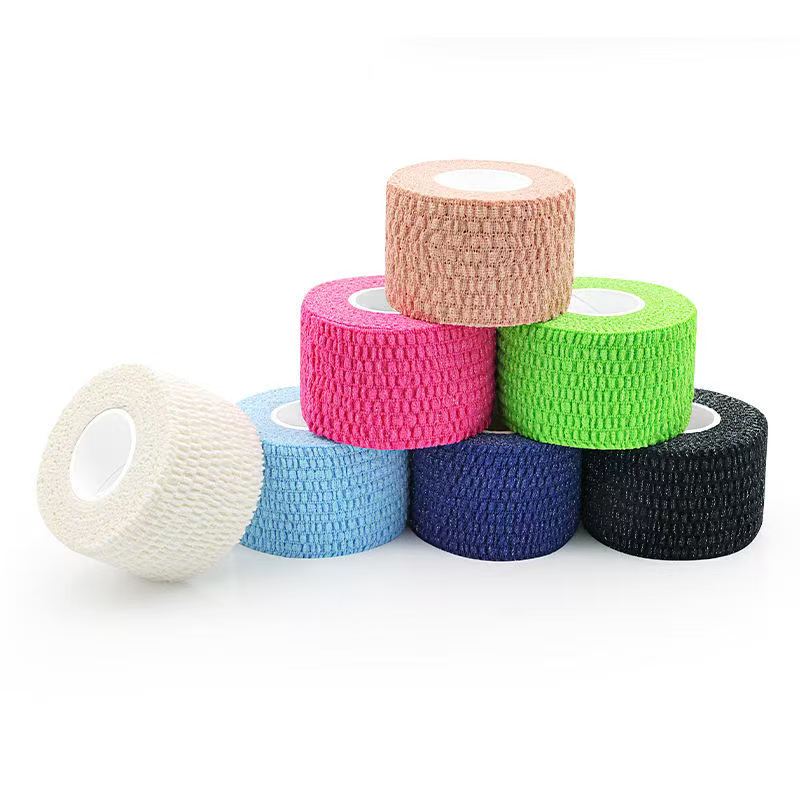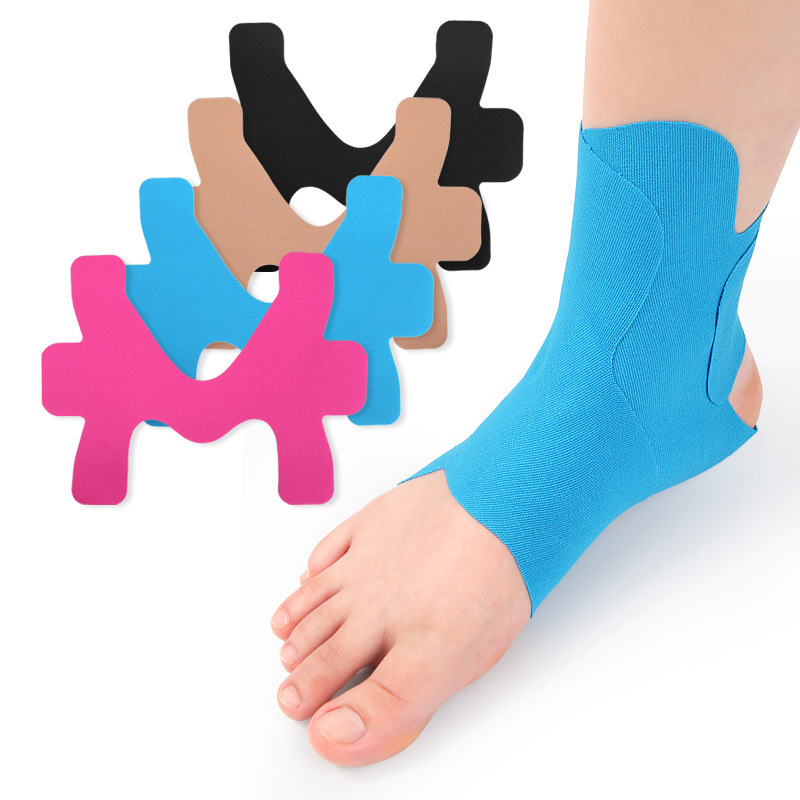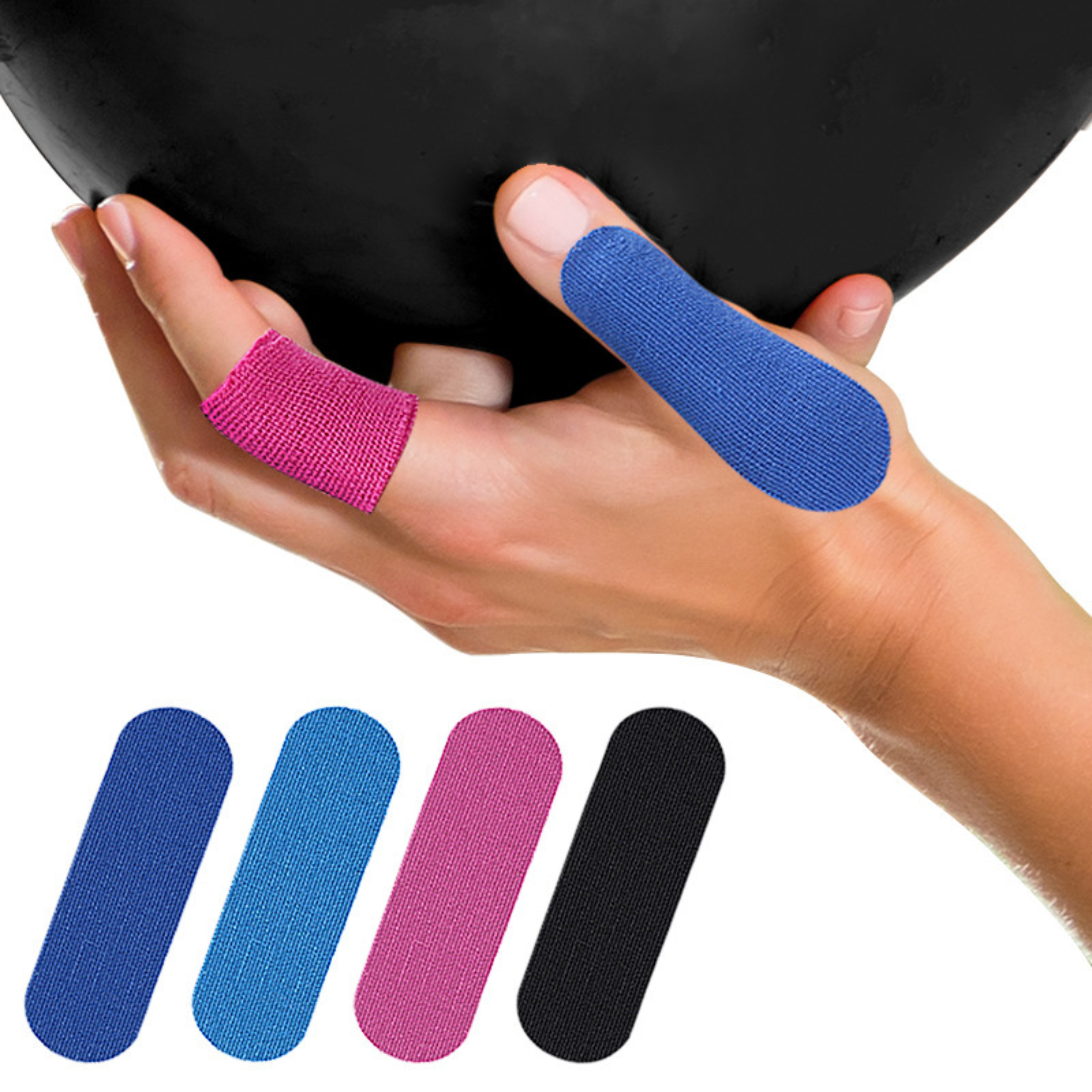News

Elastic Adhesive Bandage: Uses, Benefits, and How to Apply It Correctly
If you’ve ever sprained an ankle, supported a sore wrist, or even just secured a dressing, chances are you’ve used an elastic adhesive bandage. This versatile medical supply is a staple in first aid kits, physical therapy clinics, and athletes’ bags for a reason. But beyond just wrapping an injury, understanding its proper use can significantly impact your recovery and comfort.
This guide will walk you through everything you need to know about this indispensable tool, from its common applications to the correct techniques for application and removal.
What is an Elastic Adhesive Bandage?
An elastic adhesive bandage is a type of stretchable tape woven from cotton or synthetic fibers, coated with a medical-grade adhesive on one side. Its unique construction provides two key benefits: flexible support and secure attachment. Unlike traditional bandages that simply cover a wound, this product actively helps stabilize joints and muscles without completely restricting movement. It is also distinct from non-adhesive elastic bandages (like ACE wraps) as it sticks directly to the skin, offering more precise and firm support.
Common Uses and Applications
The uses for this versatile bandage are extensive, making it a critical item for home care and sports medicine.
Supporting Sprains and Strains: This is its most famous use. Providing compression and stability to a weakened joint like an ankle, wrist, or knee can reduce pain, minimize swelling, and prevent re-injury during the healing process.
Securing Dressings and Splints: Its strong adhesive makes it ideal for holding wound dressings, gauze pads, or even lightweight splints firmly in place, even on mobile areas like elbows or knees. Its flexibility allows for comfort while ensuring the dressing doesn’t shift.
Managing Swelling (Edema): The consistent, gentle pressure applied by a properly wrapped bandage helps prevent the buildup of fluid in injured tissues, effectively reducing swelling.
Athletic Taping: Many athletes use elastic adhesive tape for preventative taping. By supporting vulnerable joints before activity, they can reduce the risk of common sports injuries. It’s also used to taping muscles to improve proprioception (the body’s sense of its position in space).
Providing Joint Stability: For individuals with chronic joint instability or conditions like tendonitis, the bandage can offer temporary, external support during daily activities.
Key Benefits Over Other Bandage Types
Why choose this specific type of bandage? The advantages are clear:
Conformability and Flexibility: Its stretchable nature allows it to conform perfectly to the contours of any body part—a significant advantage over rigid tapes. This ensures even pressure distribution and a comfortable, custom fit that moves with you.
Secure Hold: The strong adhesive ensures the bandage stays exactly where you put it, which is crucial for protecting wounds and supporting injuries over hours of movement.
Breathable Material: Many modern versions are made from a breathable fabric adhesive bandage, which allows air to circulate to the skin. This promotes skin health and reduces the irritation and moisture buildup that can occur with plastic tapes.
Water-Resistant Options: While not entirely waterproof, some types offer a degree of water resistance, making them suitable for showering or for athletes who sweat heavily.

A Step-by-Step Guide to Proper Application
Applying an elastic adhesive bandage correctly is crucial for it to be effective and to avoid causing further issues like impaired circulation.
What You’ll Need:
- Elastic adhesive bandage roll
- Scissors
- Skin prep wipes (optional, but recommended)
- Underwrap (optional, for sensitive skin)
Steps:
Prepare the Skin: The area must be clean, dry, and free of oils, lotions, or dirt. Gently shave excessive hair to ensure a secure hold and pain-free removal. Using a skin prep wipe can enhance adhesion and protect the skin.
Position the Joint: For joint support, position it in its natural, neutral position (not overly bent or extended).
Start with an Anchor: Apply a first strip of tape around the area without any stretch. This creates a stable “anchor” for the rest of the wrap.
Apply with Even Tension: Unroll the bandage and apply it with a consistent, moderate stretch (usually around 50% of its full stretch capability). Avoid pulling it too tight, as this can cut off circulation. Overlap each turn by about half the width of the bandage.
Use Functional Patterns: For joints, use figure-eight or spiral patterns to provide support without hindering all movement. For a sprained ankle, for example, a figure-eight around the foot and ankle is most effective.
Finish with a Secure Anchor: End with another non-stretched strip to secure the end of the bandage.
Crucial Tip: Never apply tape so tightly that it causes numbness, tingling, increased pain, or discoloration (blueness) in the fingers or toes. If this occurs, remove it immediately and reapply with less tension.
How to Remove It Safely
Removing adhesive bandage can be the most uncomfortable part. To make it easier and pain-free:
Take it Slow: Pull the tape slowly in the direction of hair growth, not straight up away from the skin.
Use a Release Agent: Medical adhesive remover wipes or sprays are highly effective. Even baby oil or olive oil can work in a pinch. Apply it along the edge of the tape and let it soak in for a minute to dissolve the adhesive.
Warm Water: Soaking the area in warm water can help loosen the adhesive and make removal gentler.
Important Precautions and When to See a Doctor
While incredibly useful, elastic adhesive bandage is not a cure for serious injuries. It is a temporary support measure.
Do not use on open wounds unless securing a dressing over the wound.
Discontinue use immediately if you experience signs of an allergic reaction, such as itching, rash, or redness under the tape.
Seek professional medical advice for any severe injury, especially if you hear a popping sound, cannot bear weight on the joint, or experience significant deformity or numbness. A proper diagnosis is essential before beginning any taping protocol.
In conclusion, the elastic adhesive bandage is a powerful tool for managing minor injuries and providing stability. By choosing the right product and, most importantly, learning the correct way to apply and remove it, you can harness its benefits safely and effectively, supporting your body on the path to recovery.

- ASHER.CAO:+86-176 2548 7782 Asher.cao@healthline-medical.com
- HARONJU:+86-198 5296 4937 haronju@healthline-medical.com
- DI.TIAN:+86-183 0527 6521 Di.tian@healthline-medical.com
- Tel:+86-512-6289 3223
- Mob:+86-176 2548 7782 / +86-198 5296 4937 / +86-183 0527 6521
-
Email:zhujun@healthline-medical.com
sales@healthline-medical.com
- Whatsapp / Wechat:+86-176 2548 7782 ; +86-198 5296 4937; +86-183 0527 6521
- Skype:+86-176 2548 7782 / +86-183 0527 6521
Copyright © 2025 SUZHOU HEALTHLINE MEDICAL PRODUCTS CO., LTD
All Rights Reserved.

The information provided on this website is intended for use only in countries and jurisdictions outside of the People's Republic of China.


 English
English Español
Español русский
русский عربى
عربى











